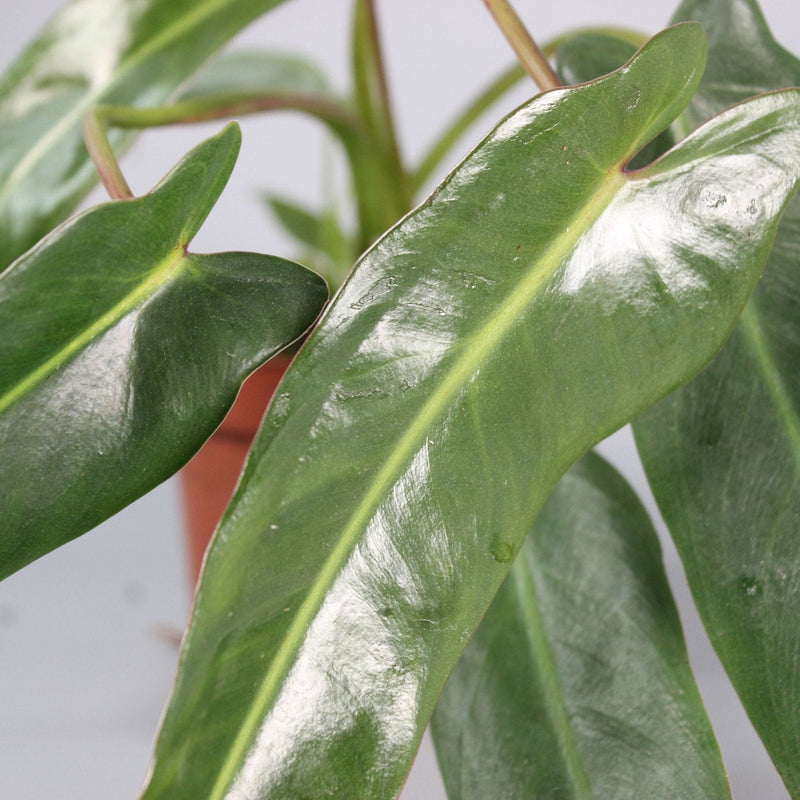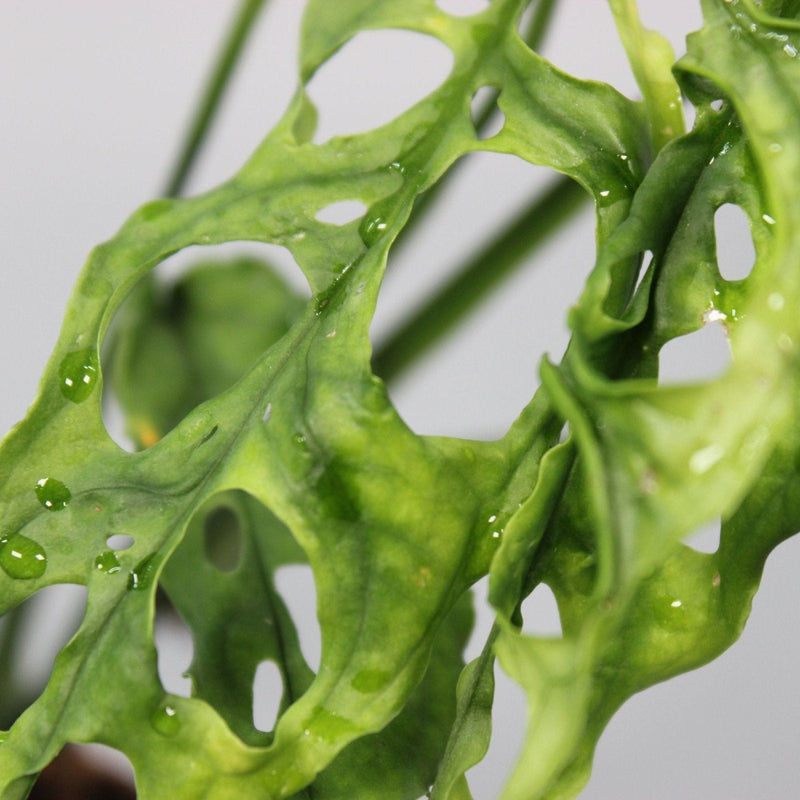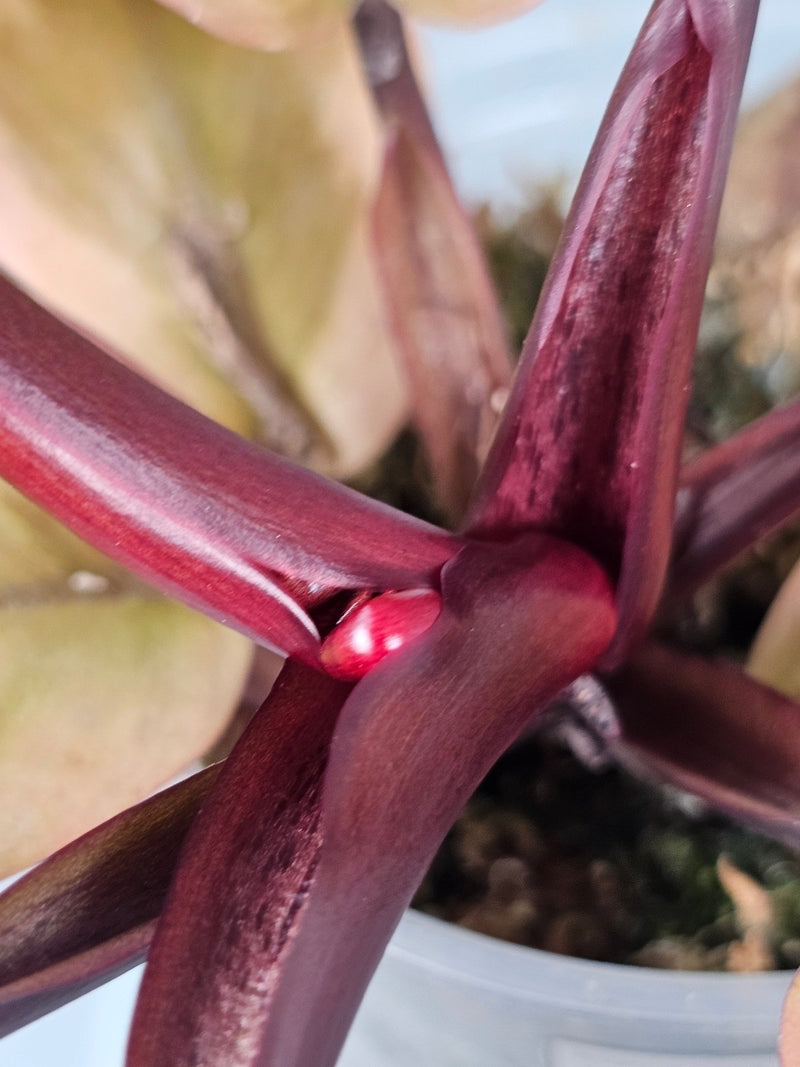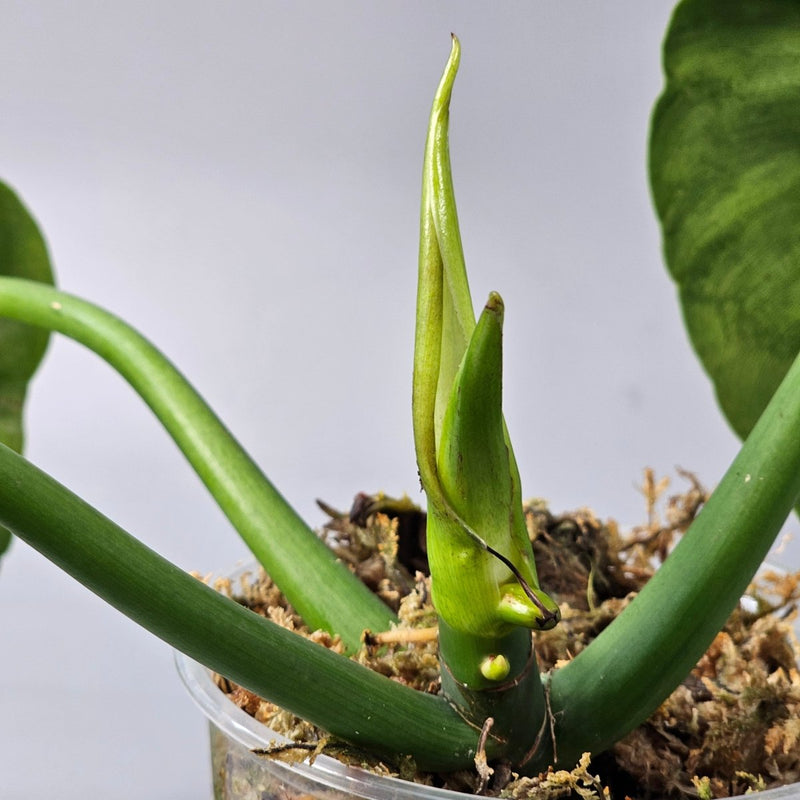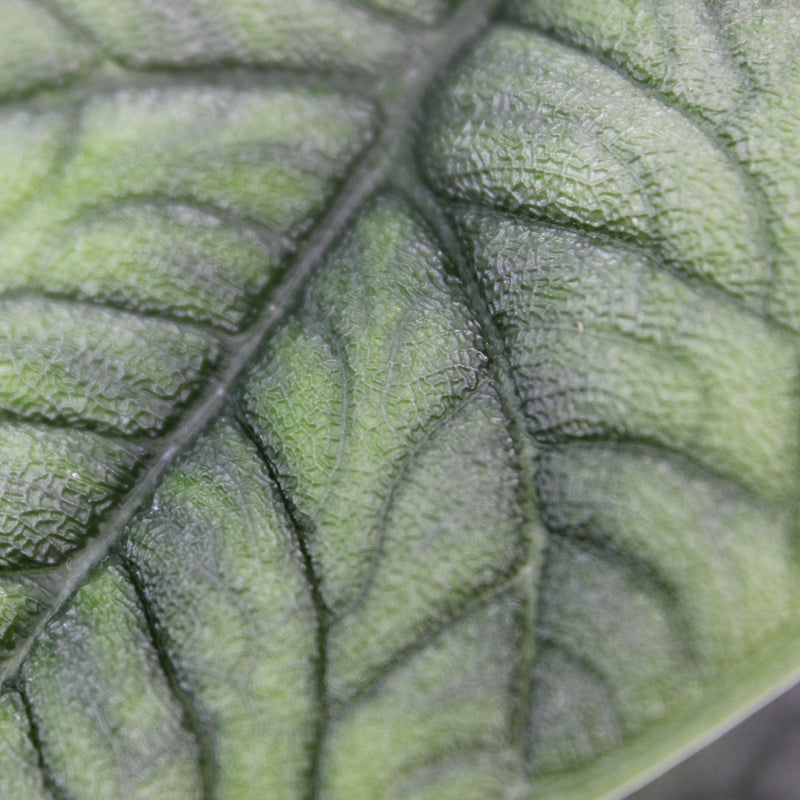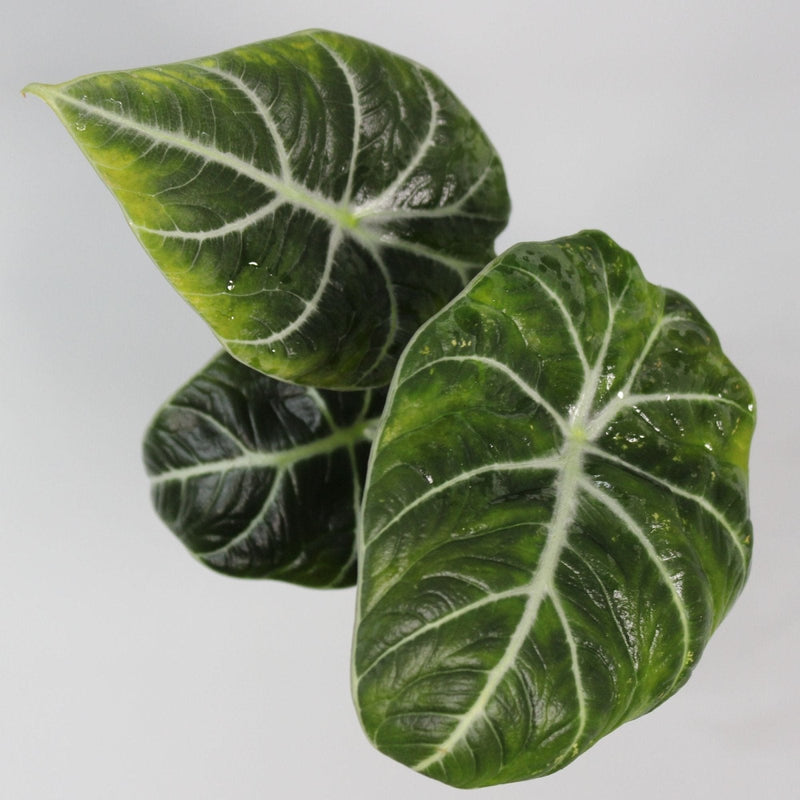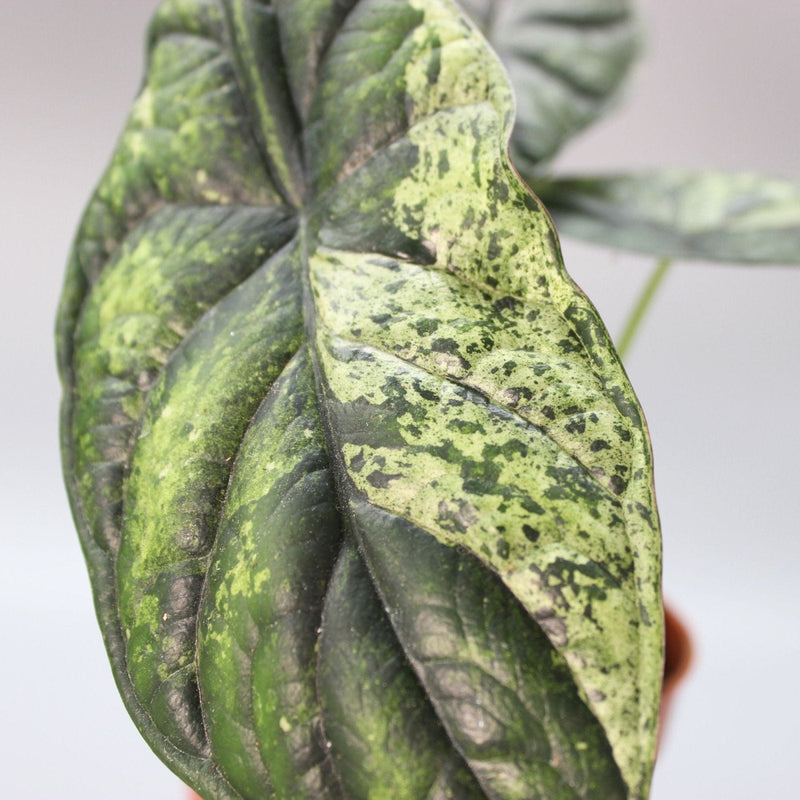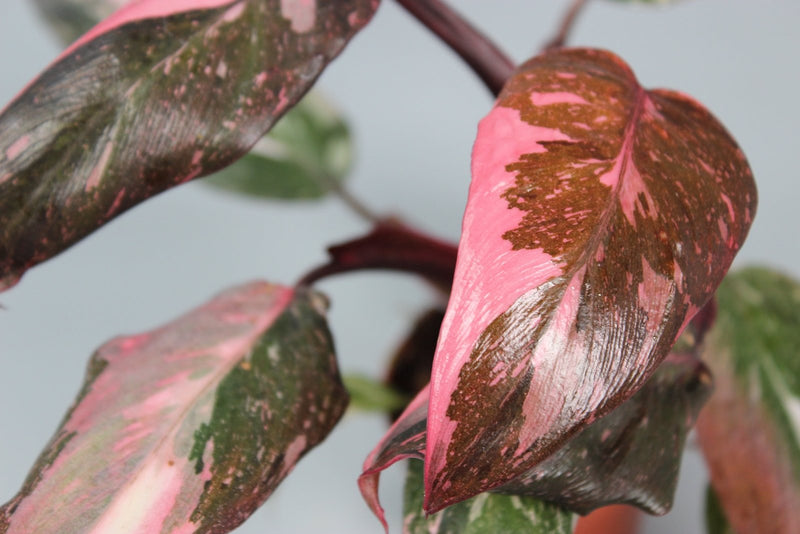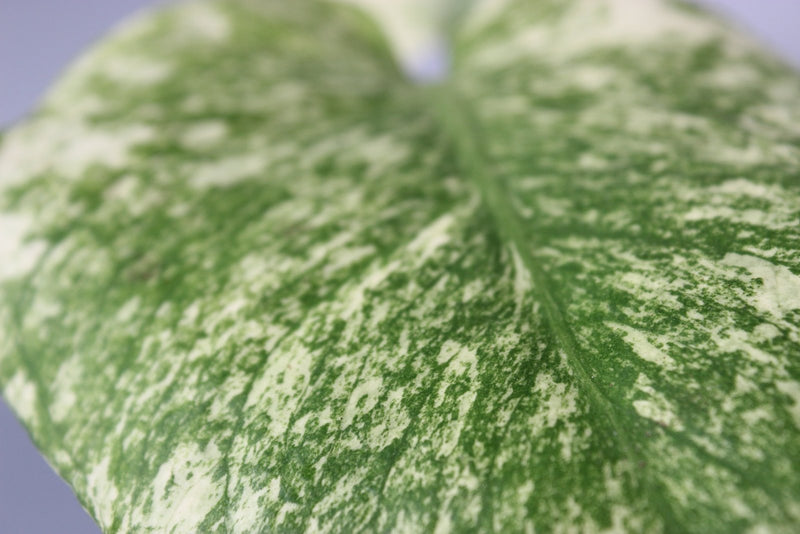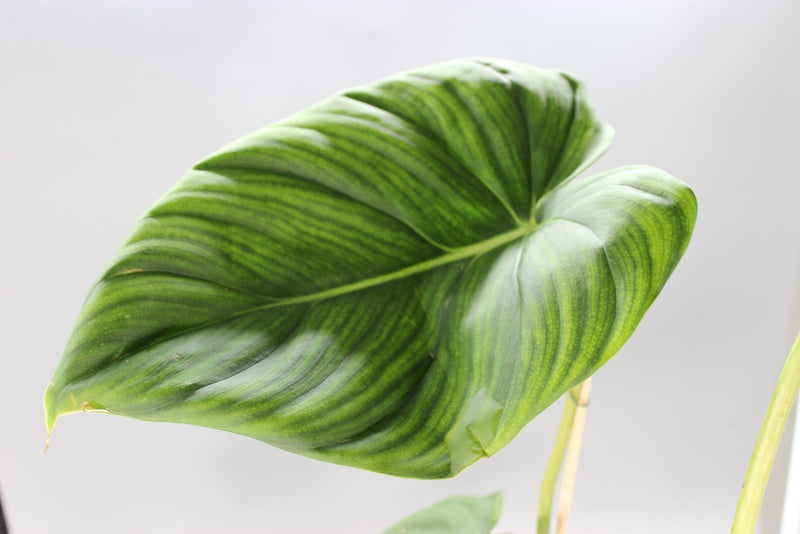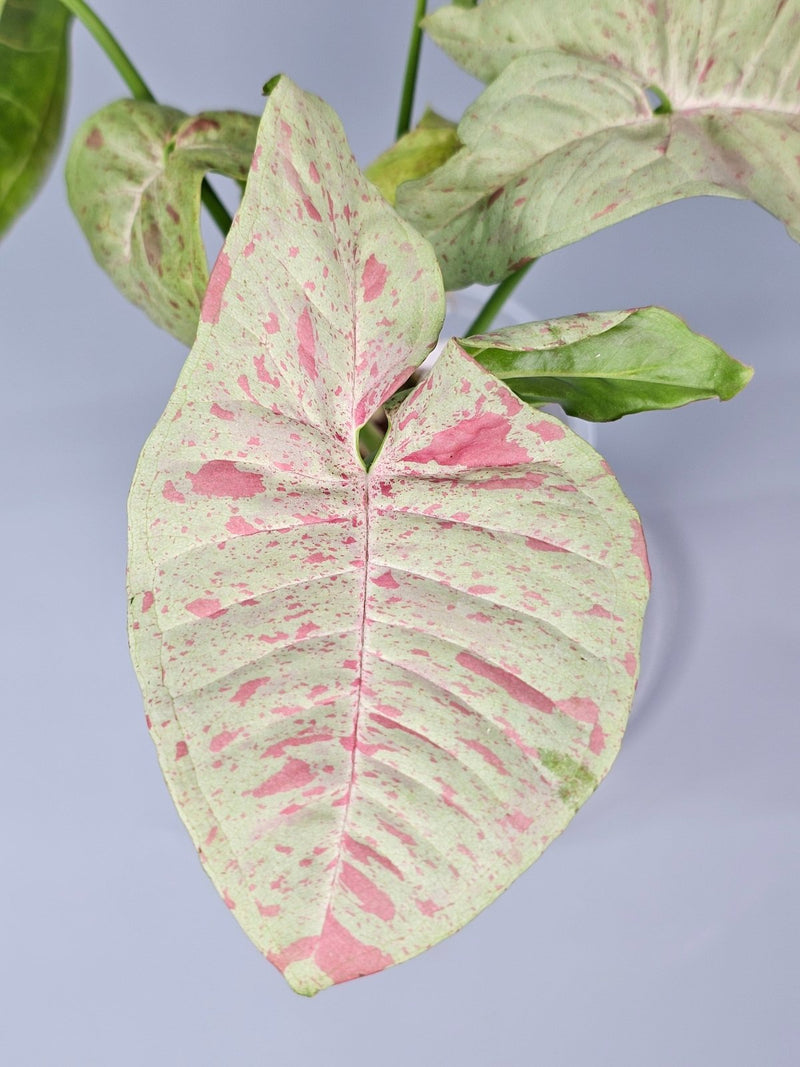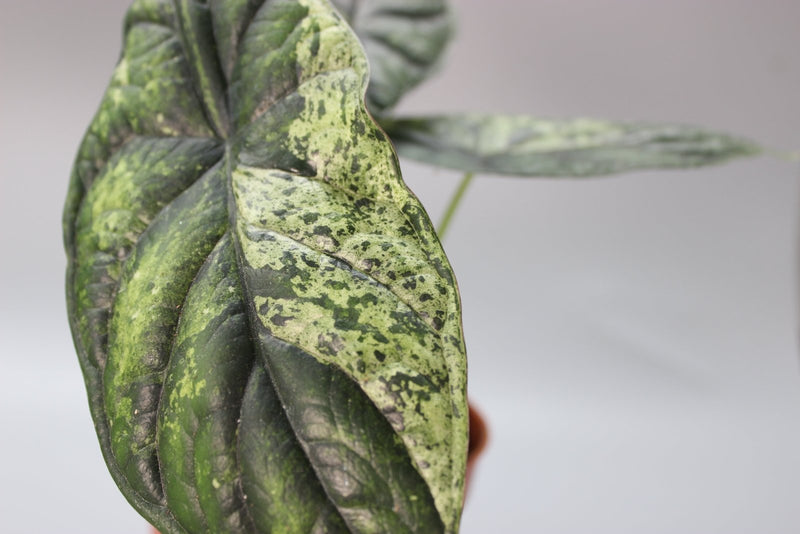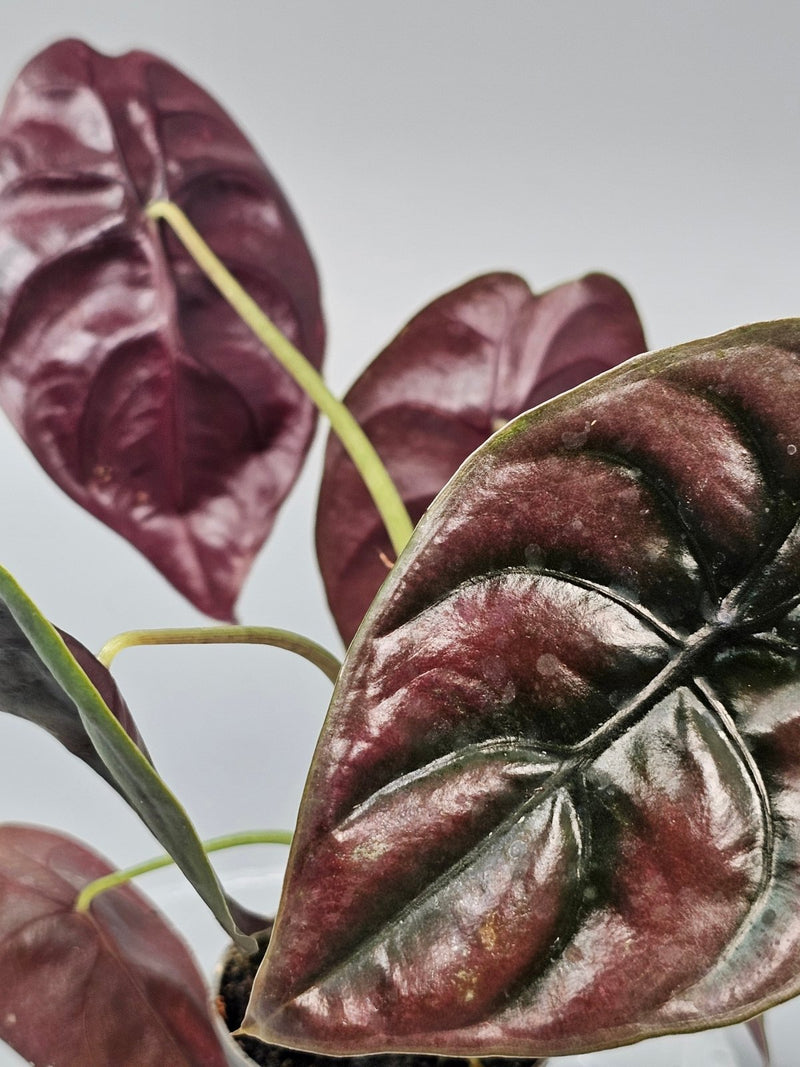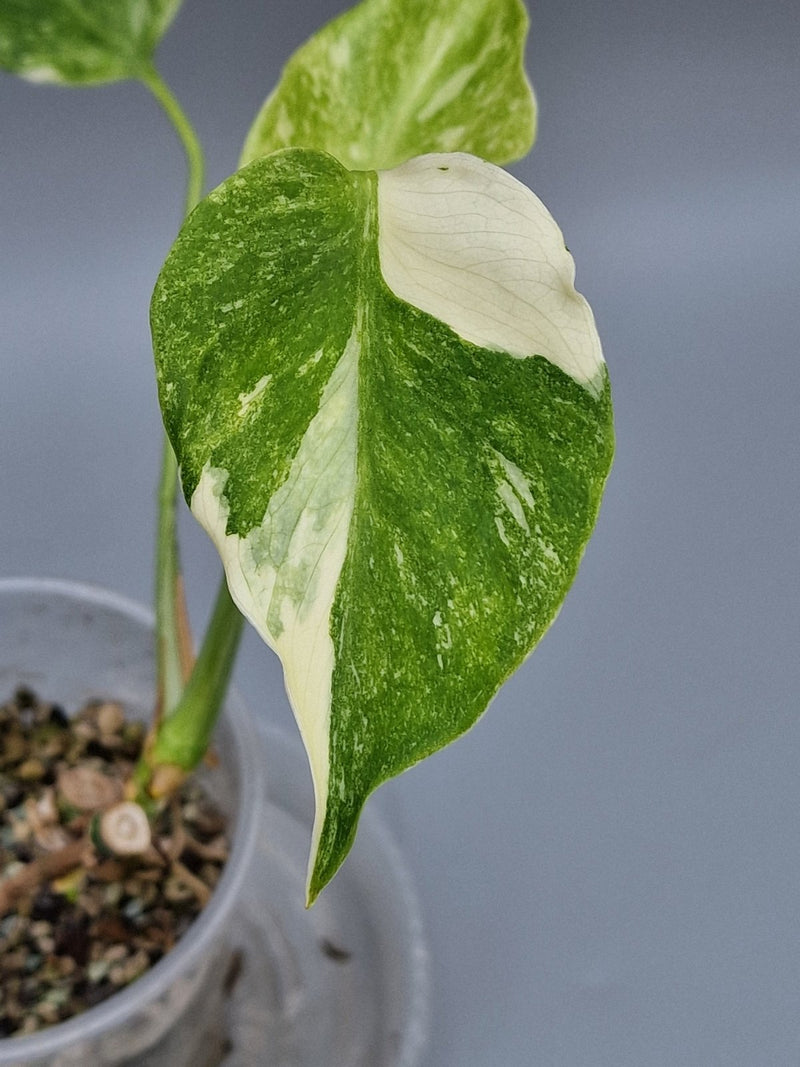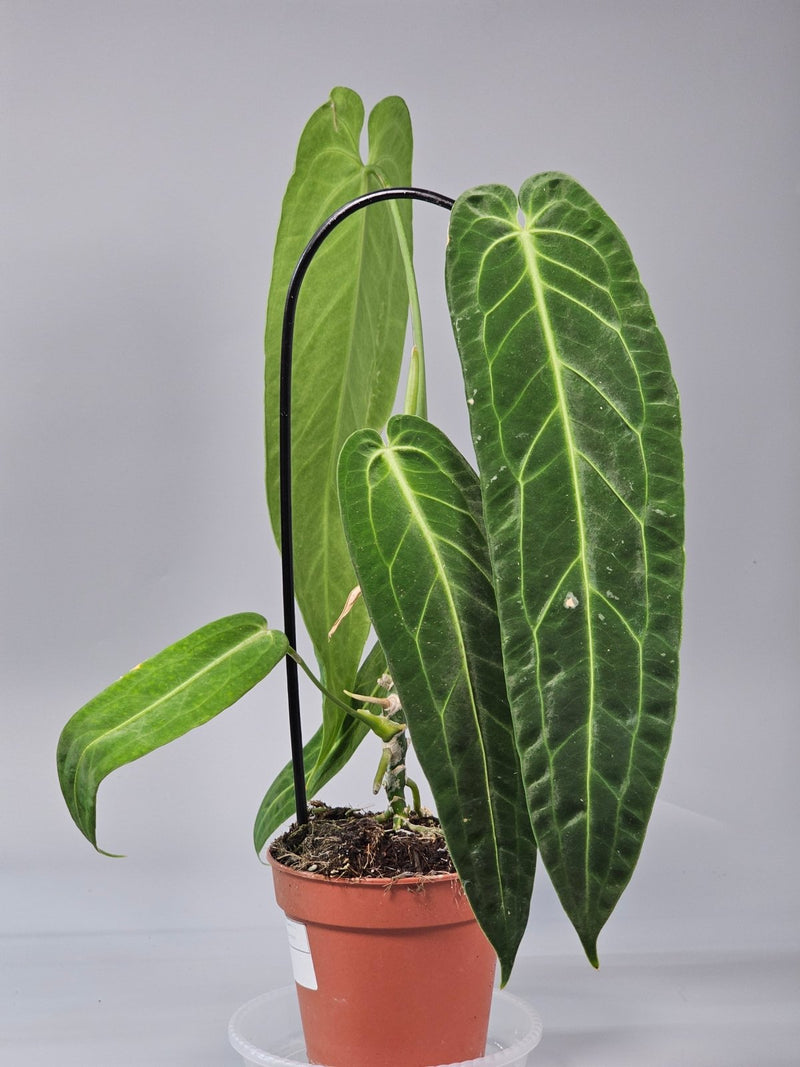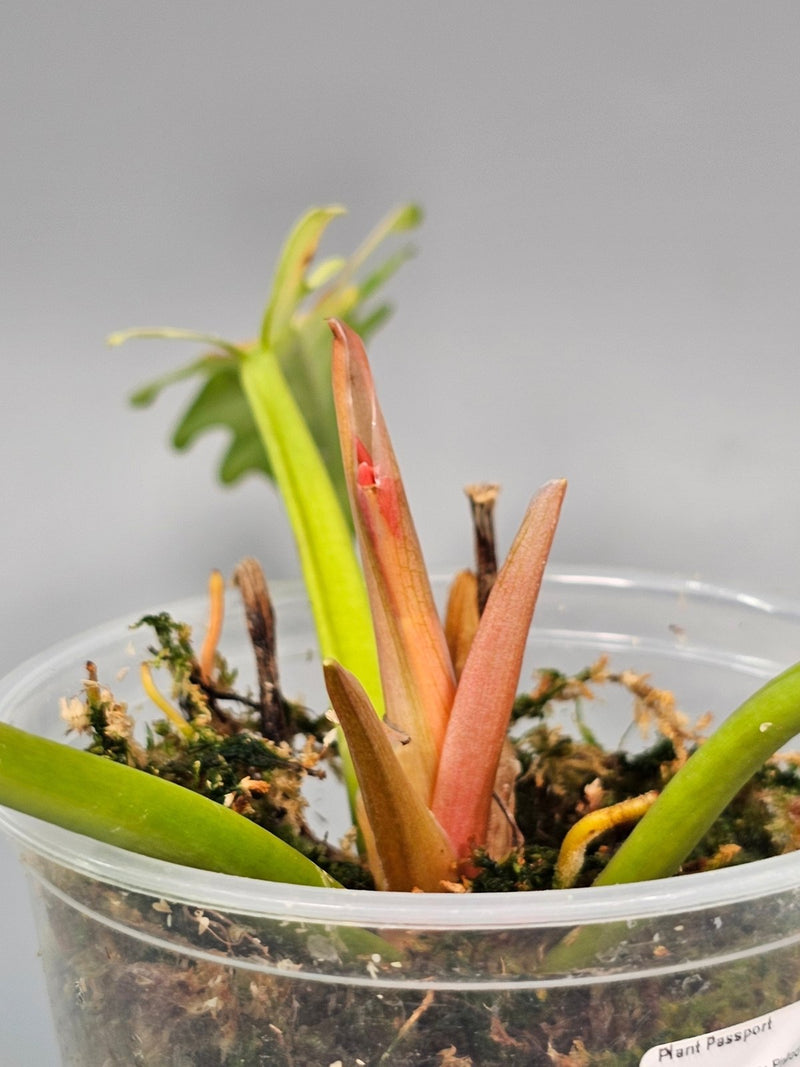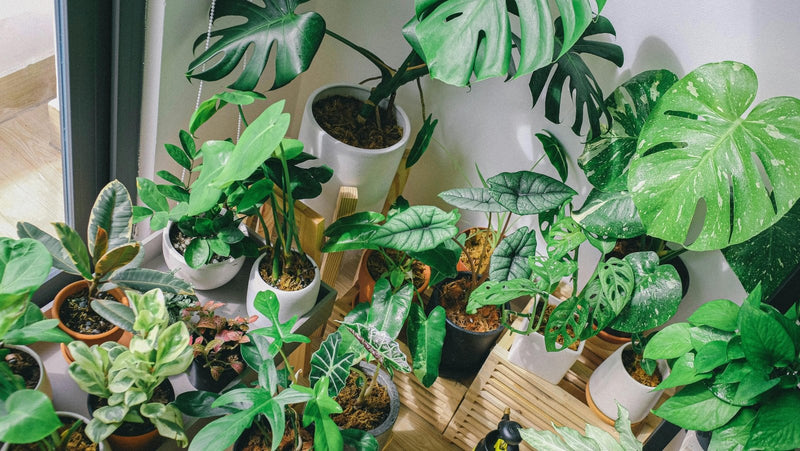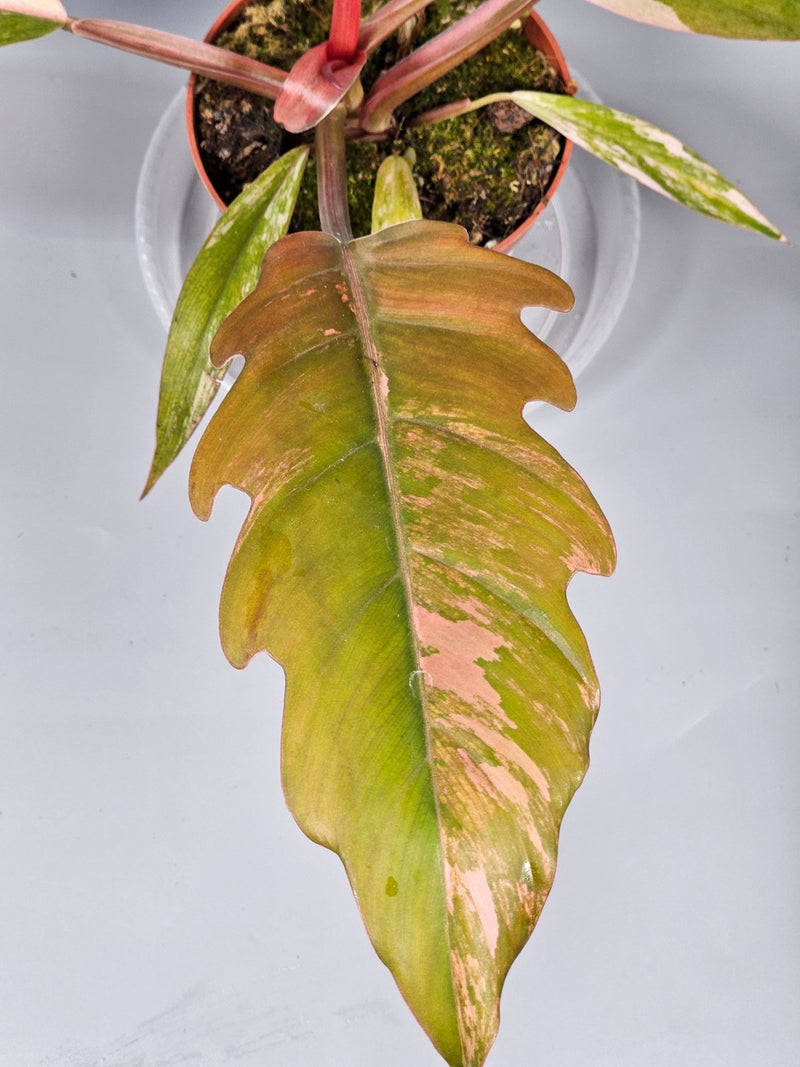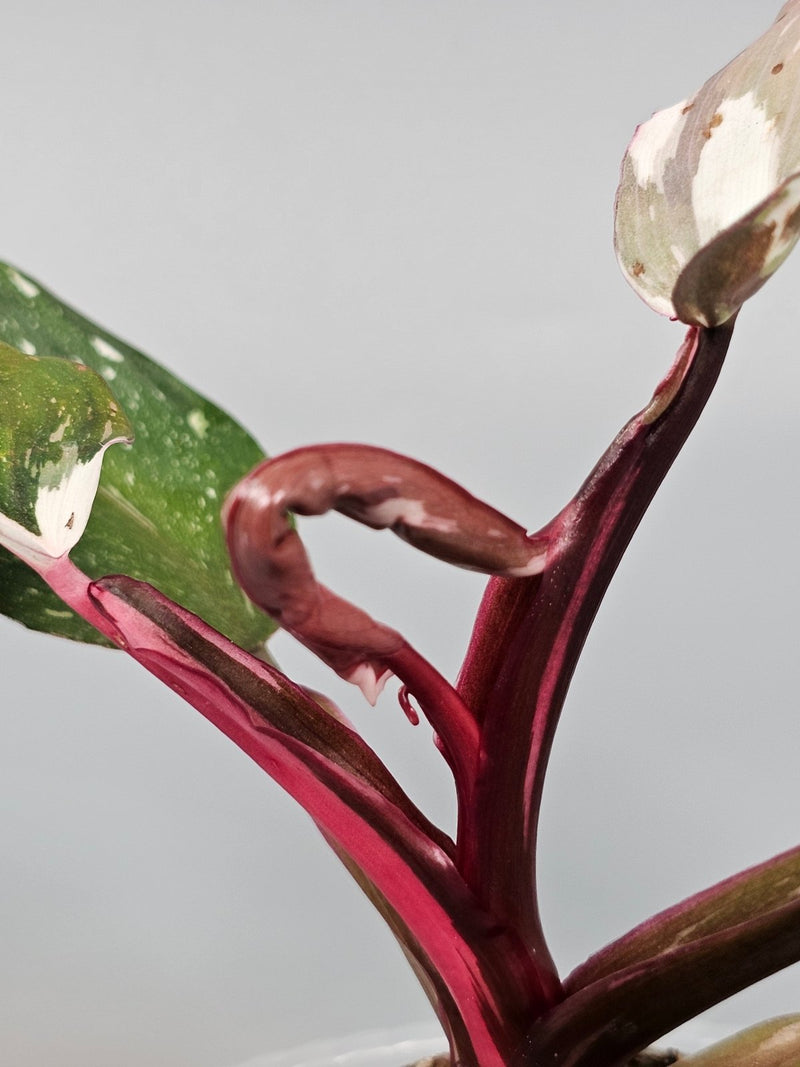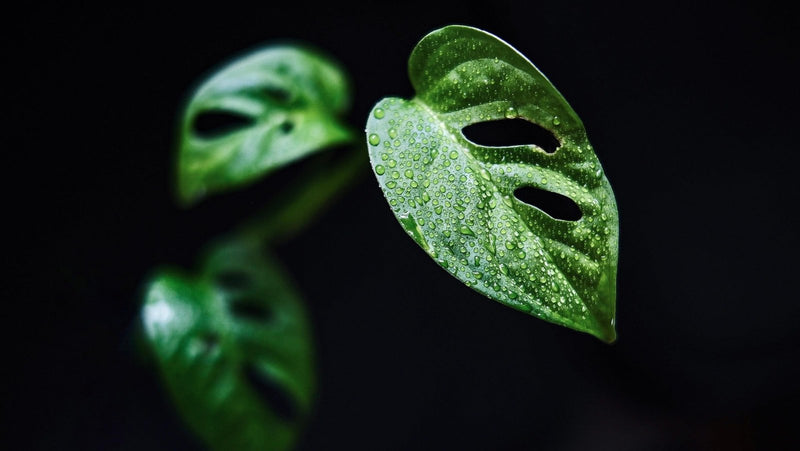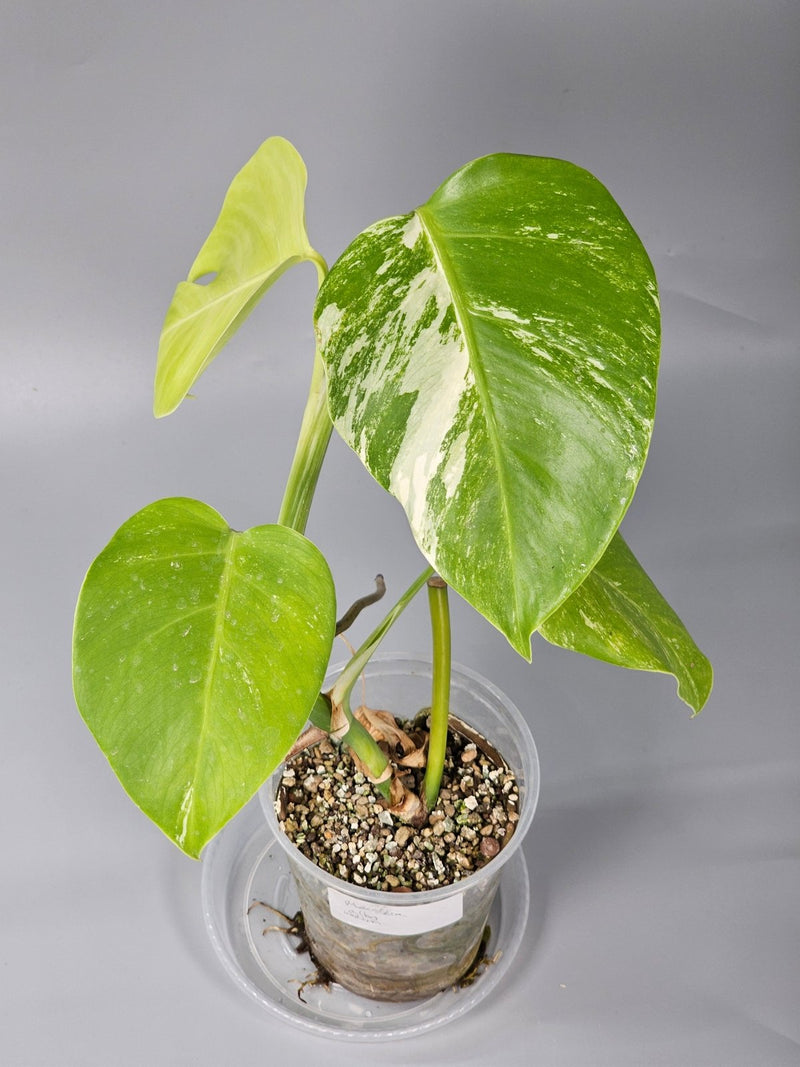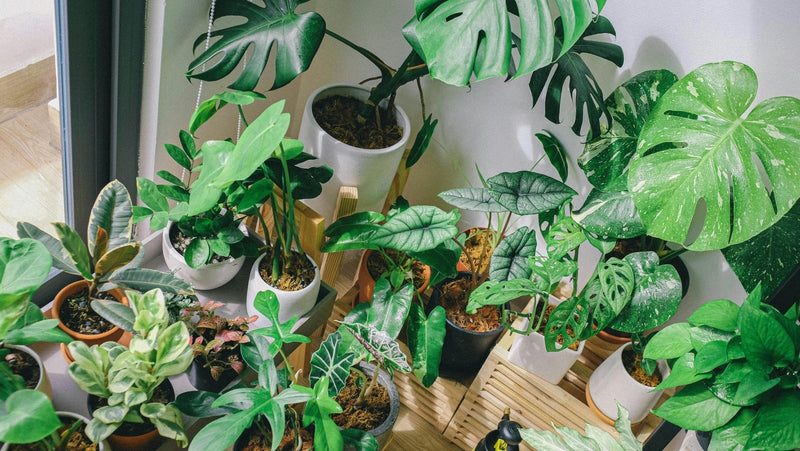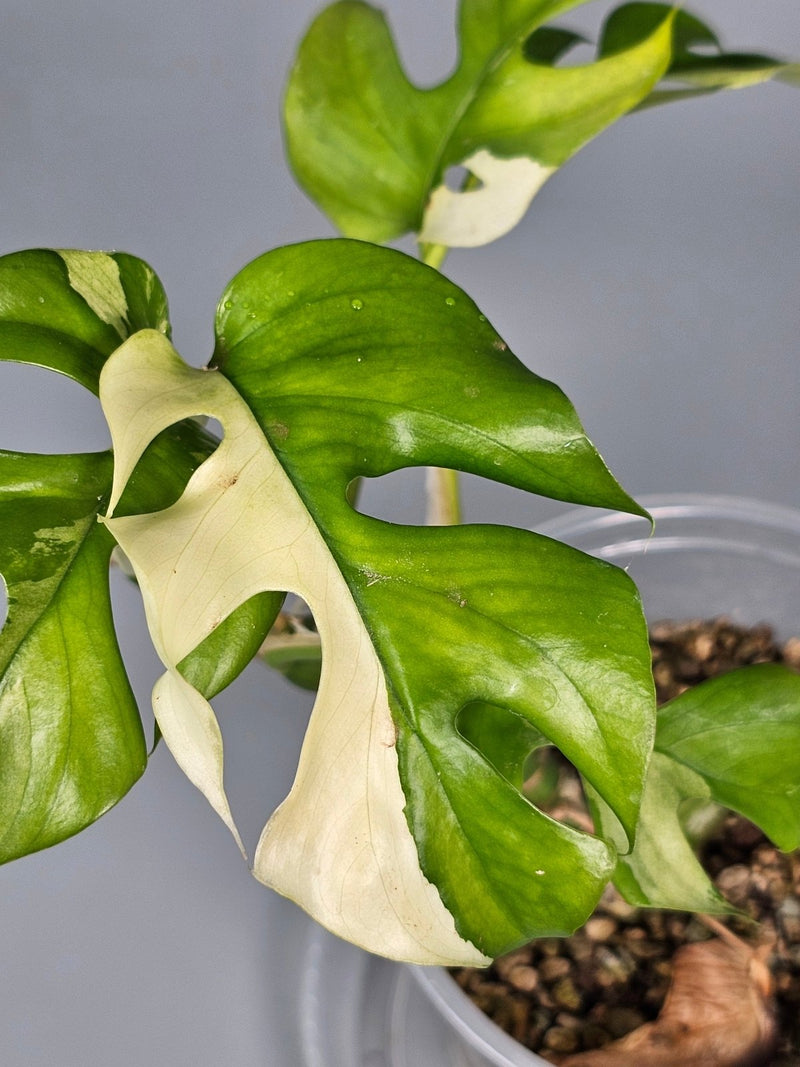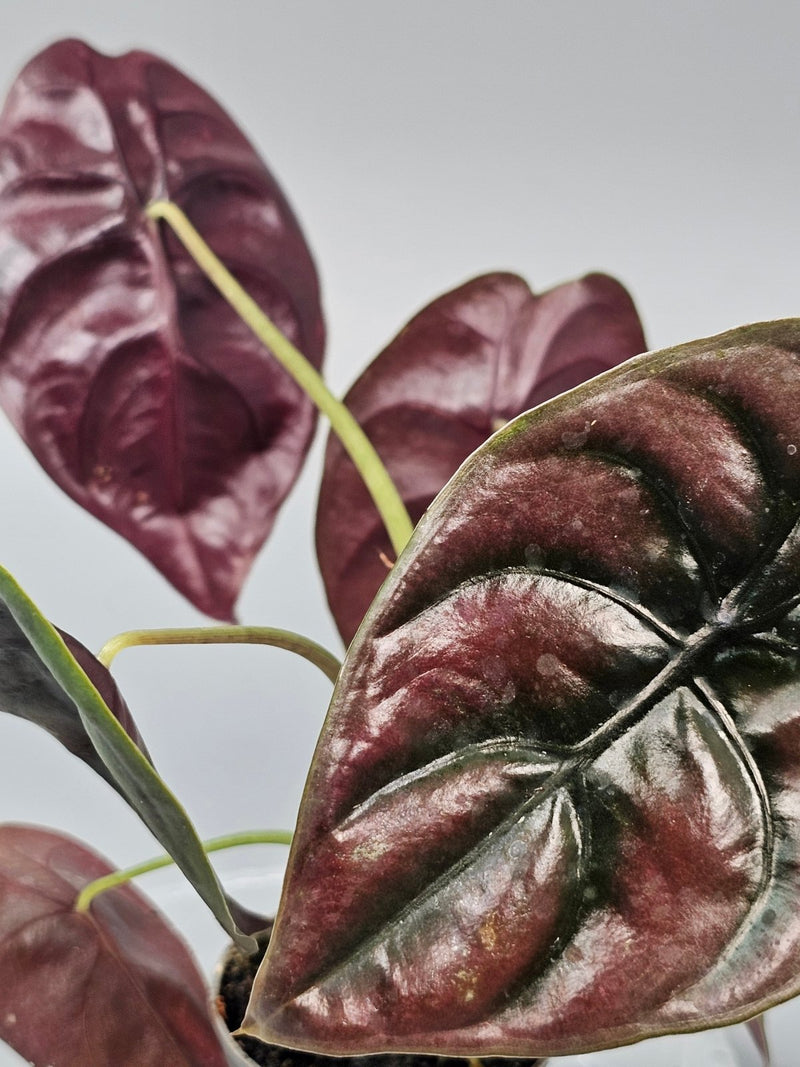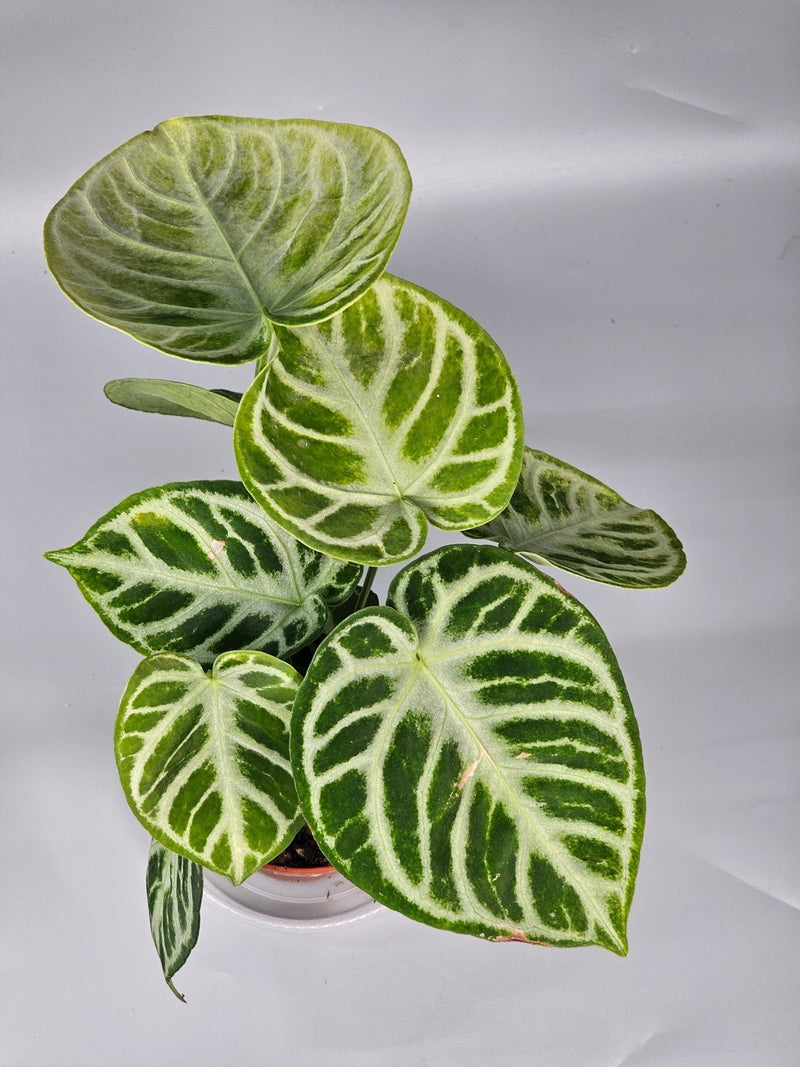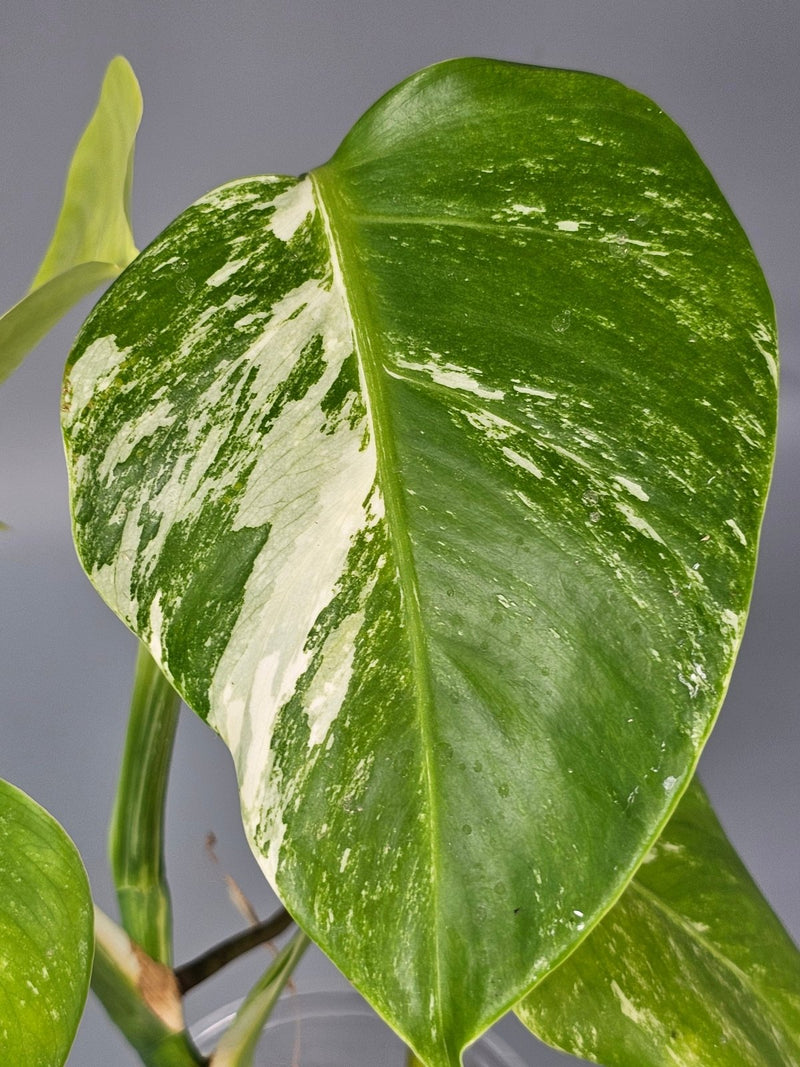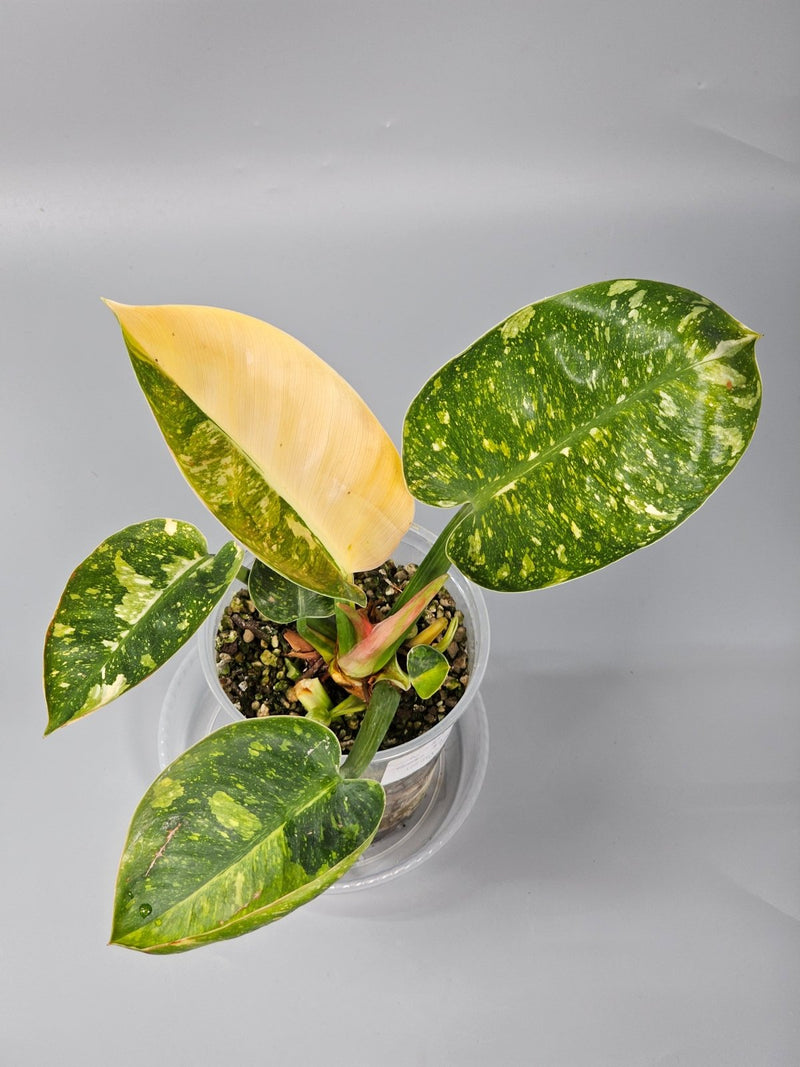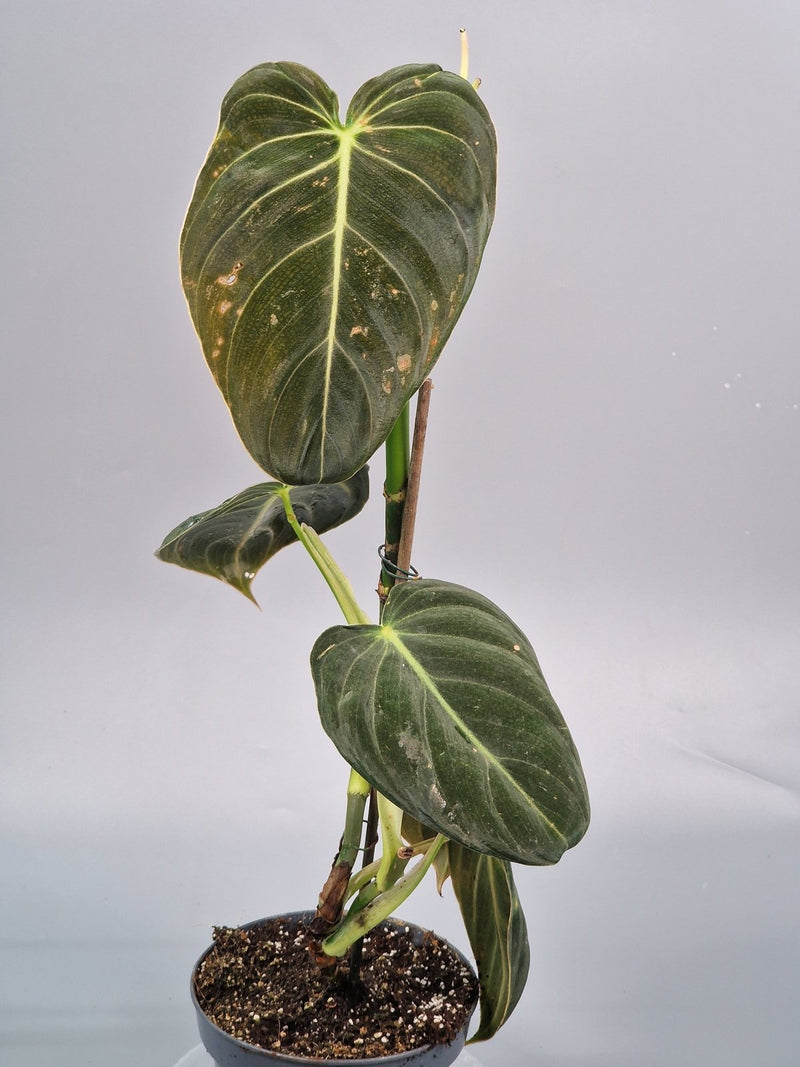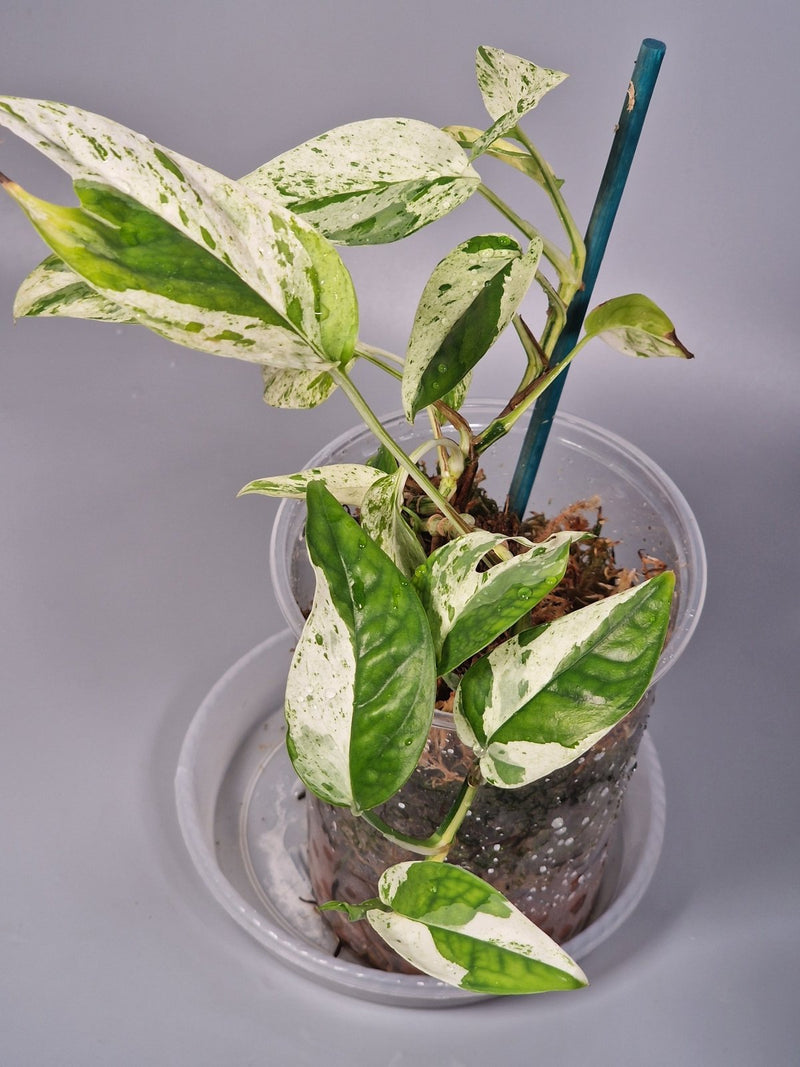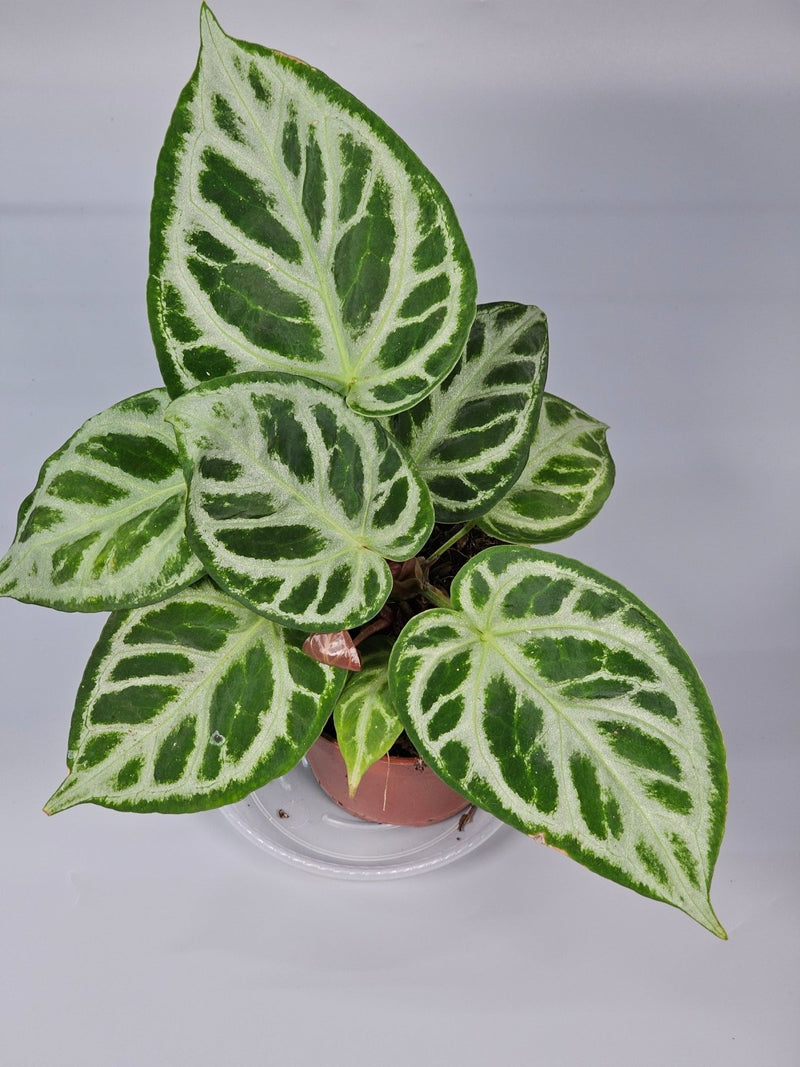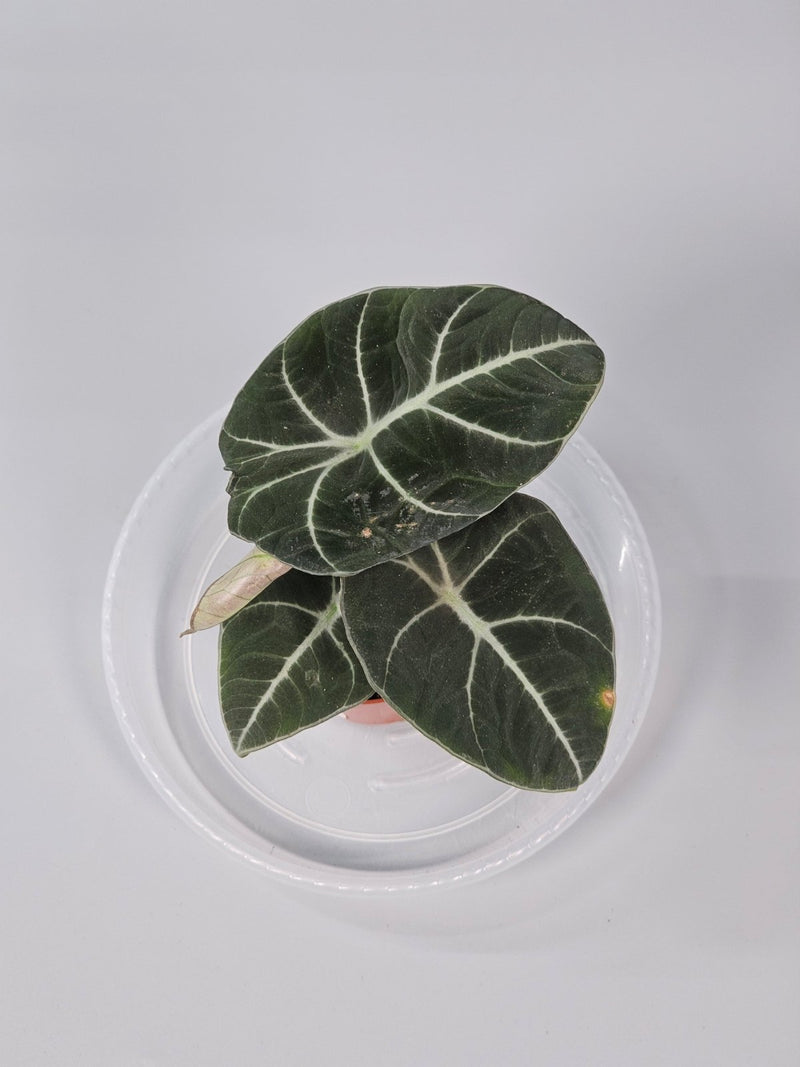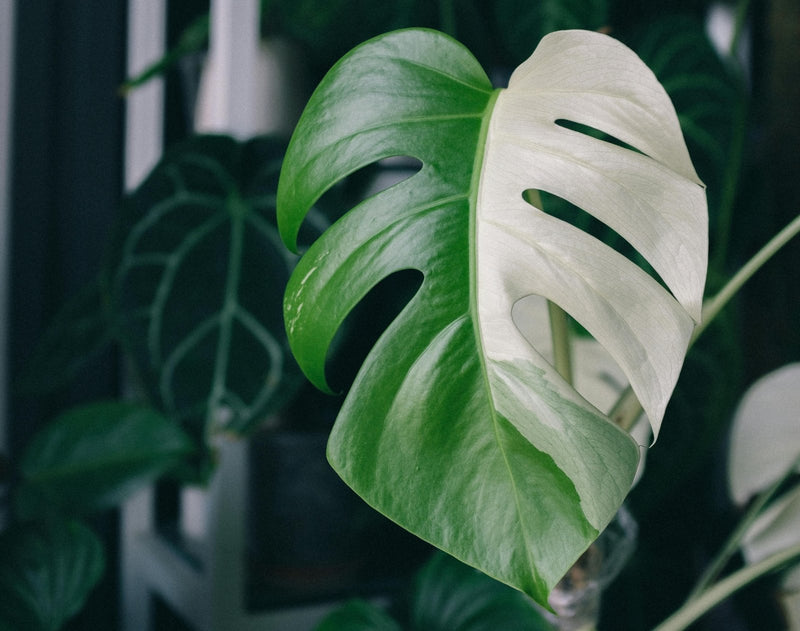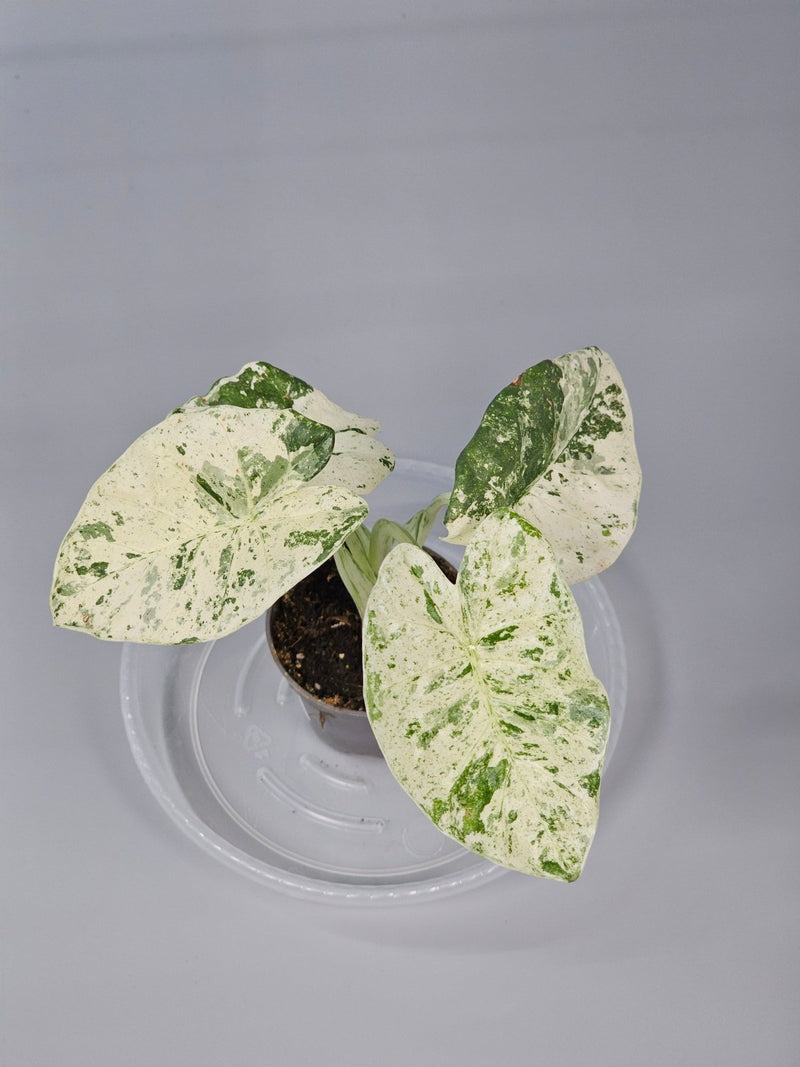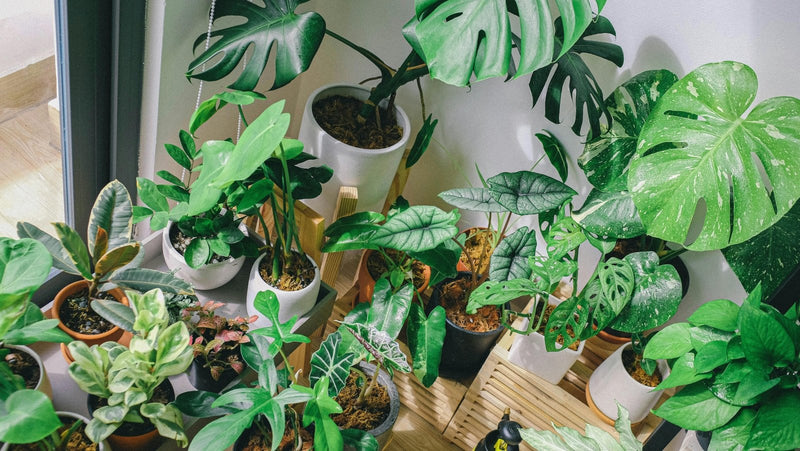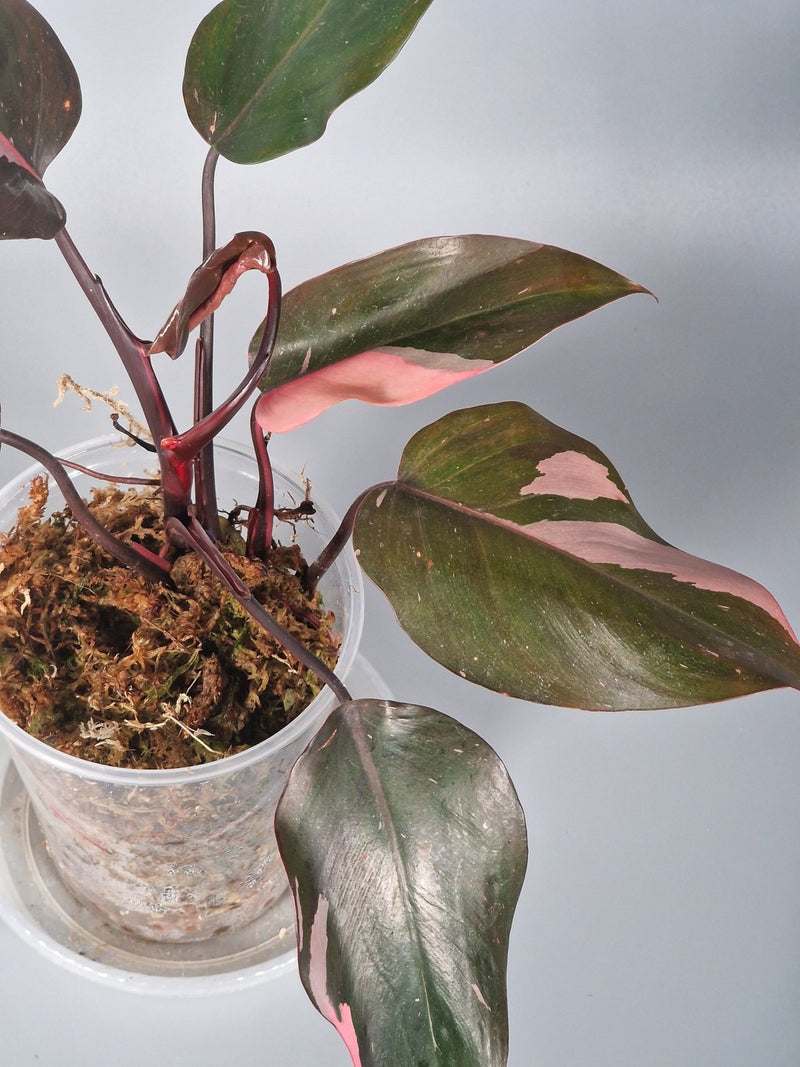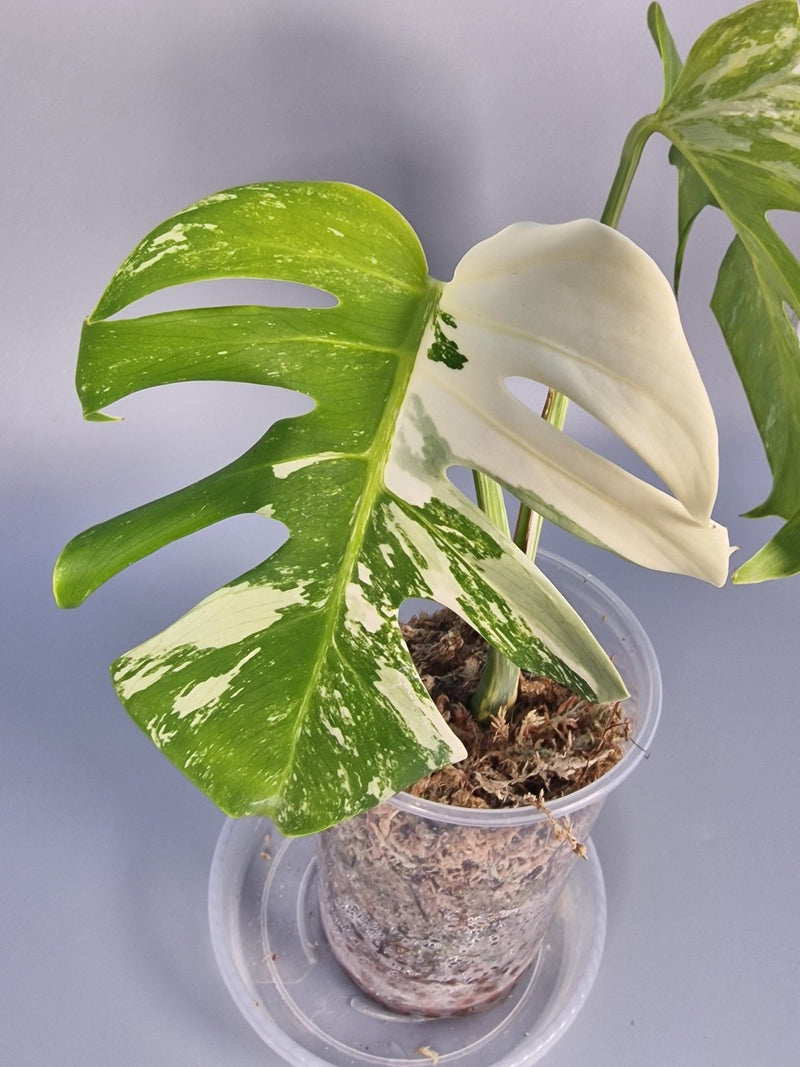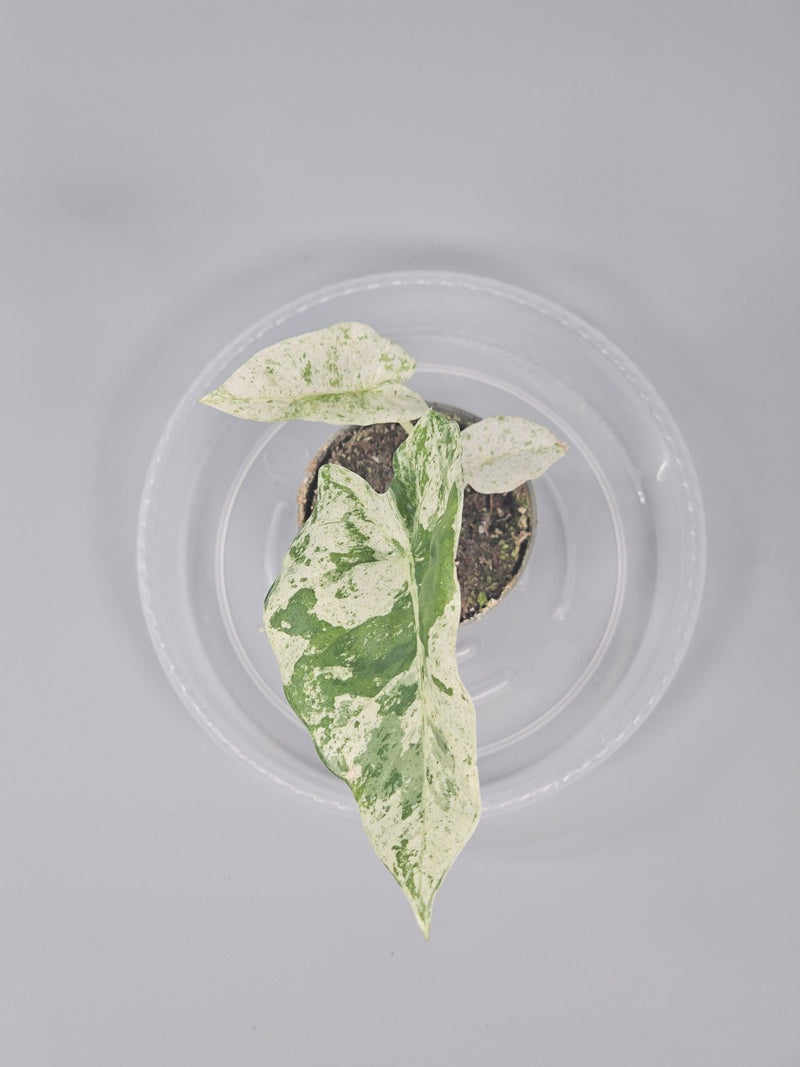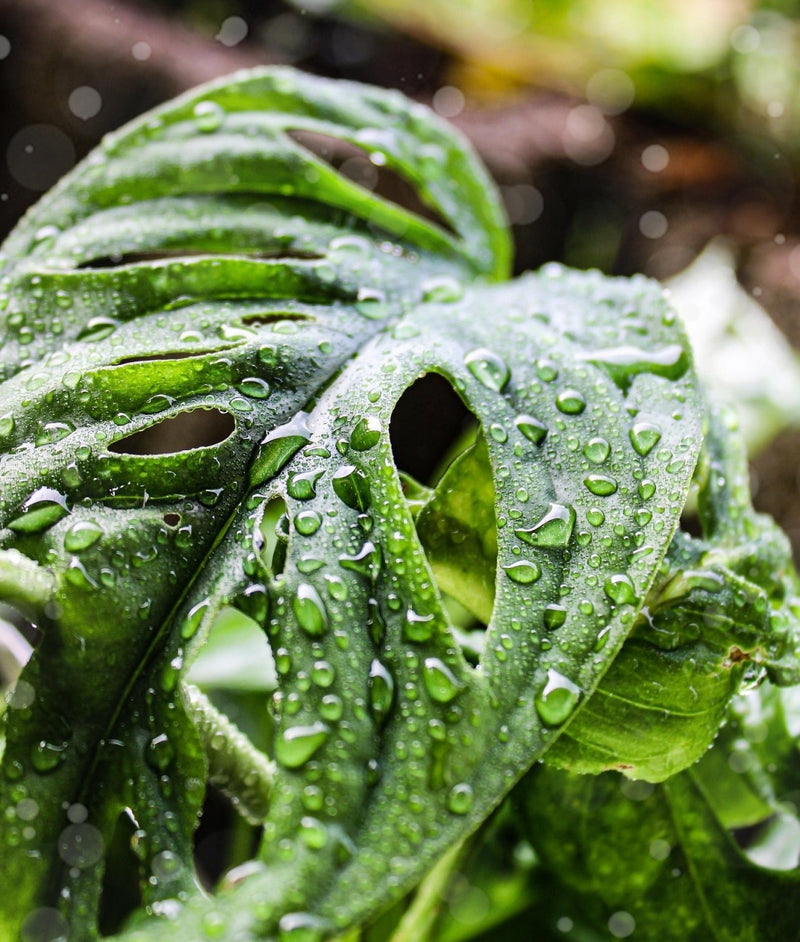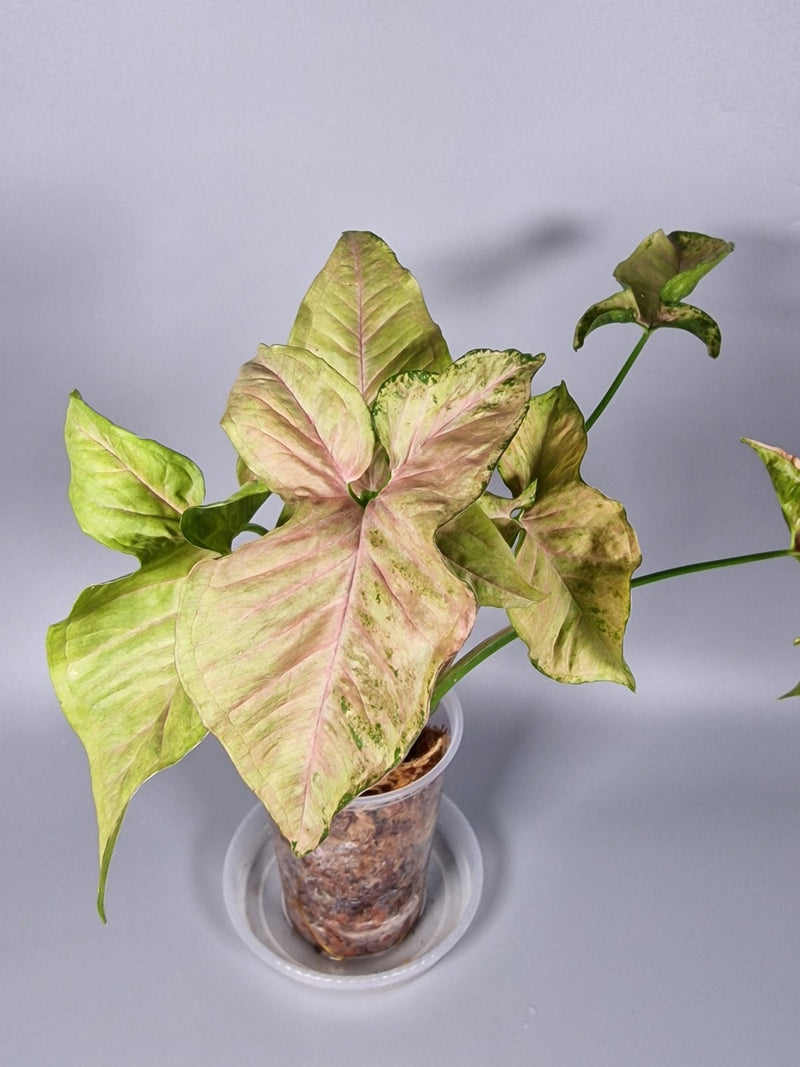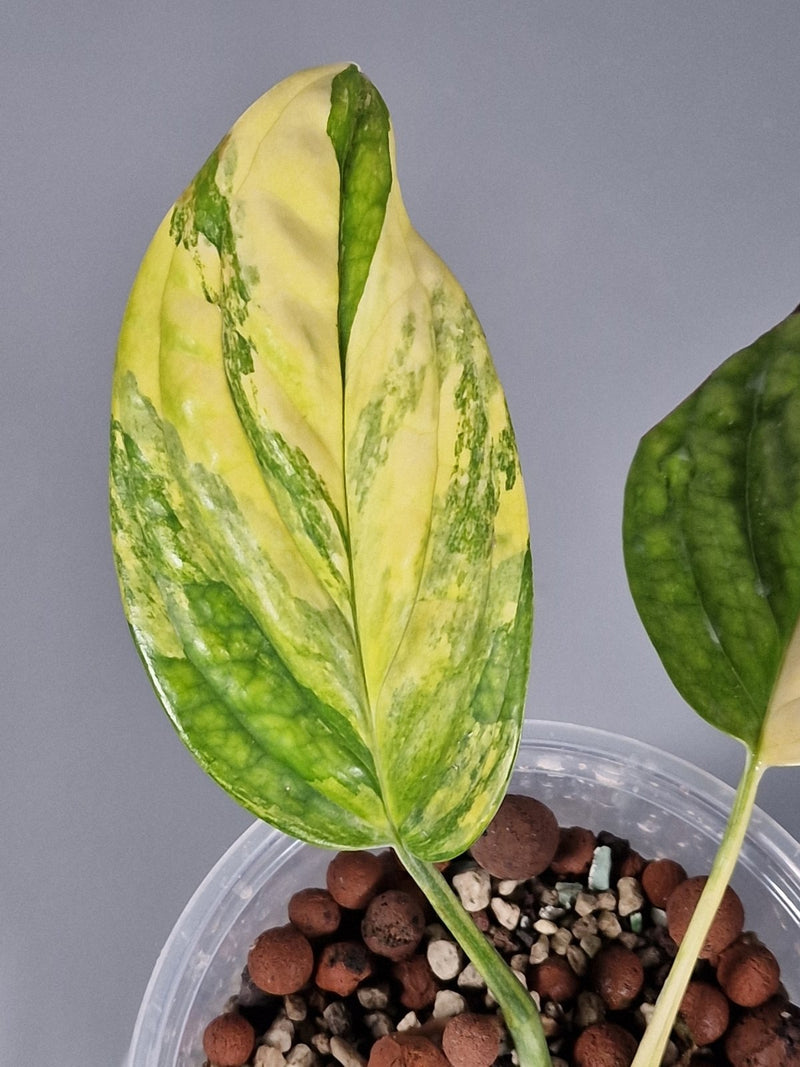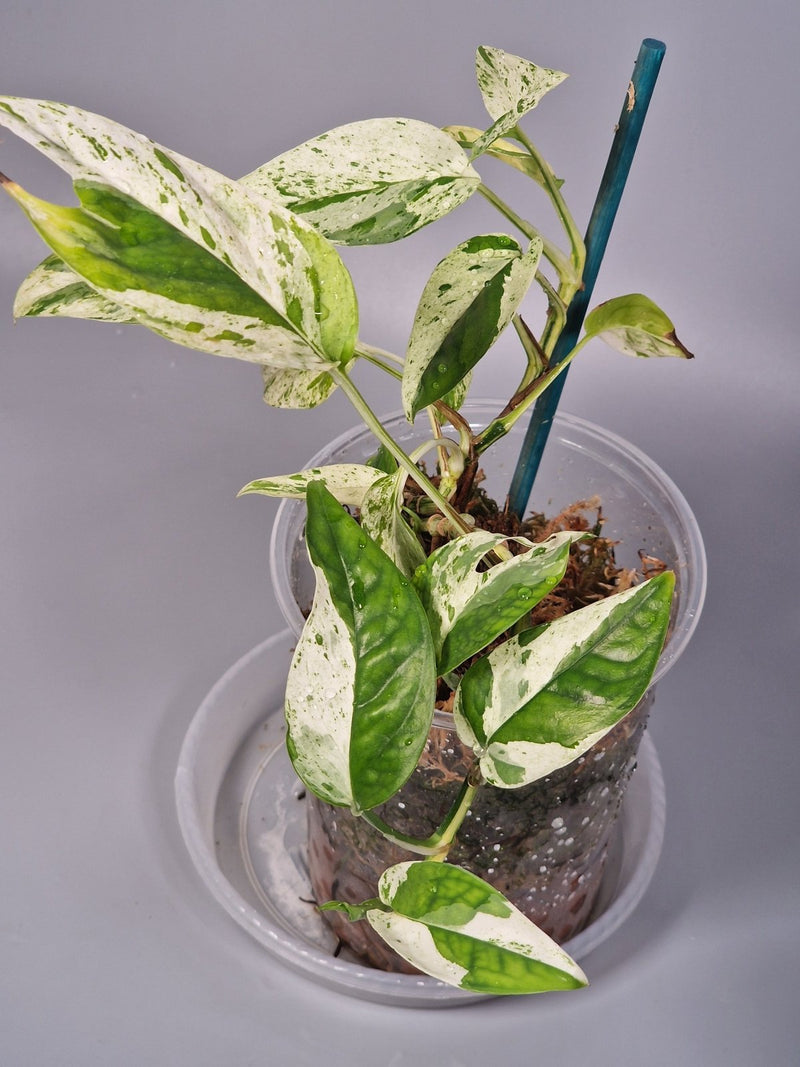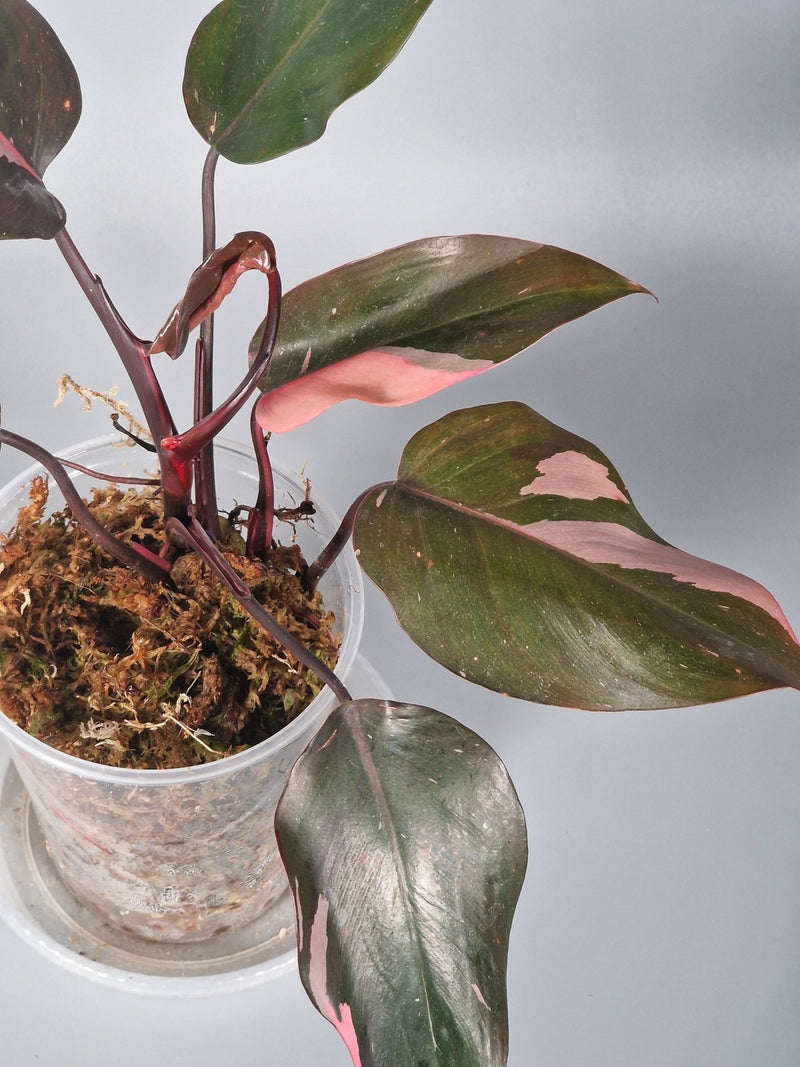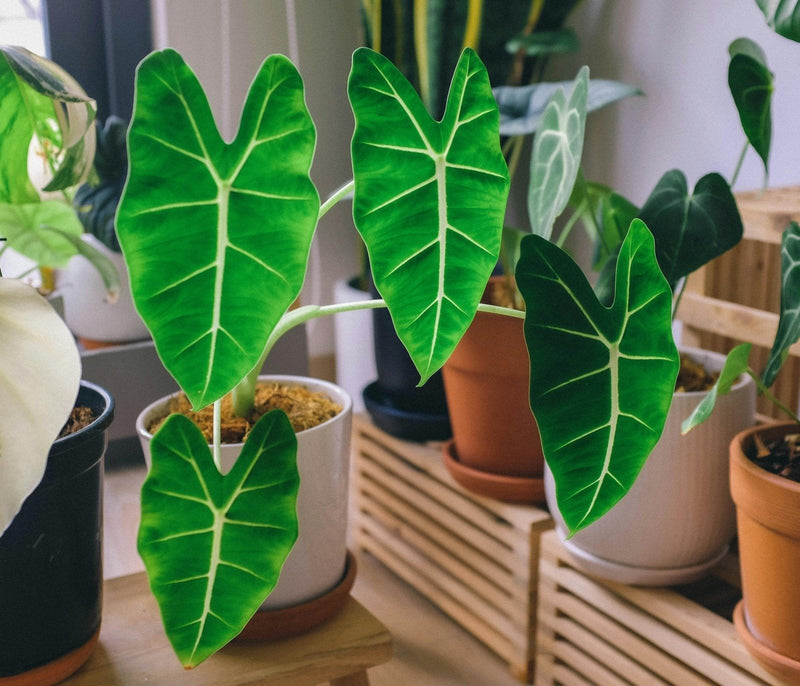The Ultimate Anthurium Care Guide for Beginners
Welcome to your comprehensive guide on caring for Anthuriums, one of the most stunning and popular rare houseplants. Known for their vibrant, waxy flowers and lush green leaves, Anthuriums can bring a touch of the tropics into your home. Whether you’re a novice or somewhat experienced in the indoor plant arena, this guide will equip you with all you need to know to keep your Anthurium thriving.
Understanding Your Anthurium
Anthuriums, also referred to as Flamingo Flowers, are part of a large genus of around 1,000 species, typically found in the rainforests of Central and South America. Their appeal in home decor comes from their bright spathes and ornamental leaves. For beginners, understanding the basic needs of these plants is the first step to successful care.
Optimal Growing Conditions
To mimic their natural habitat, you’ll need to ensure the right balance of light, temperature, and humidity:
- Light: Anthuriums prefer bright, indirect light. Avoid direct sunlight as it can scorch their leaves. A spot near a window with a sheer curtain is ideal.
- Temperature: Keep your plant in a warm environment — ideally between 20°C to 28°C. Avoid draughty areas.
- Humidity: These tropical plants thrive in high humidity. Aim for 60-80% humidity. Regular misting, a humidity tray, or a room humidifier can help achieve this.
Watering and Feeding
Proper watering is crucial for Anthuriums:
- Water: Water your Anthurium when the top inch of soil feels dry. Overwatering can lead to root rot, so ensure your pot has good drainage.
- Fertilizer: Feed your Anthurium with a balanced, water-soluble fertilizer every other month during the growing season. Reduce feeding in the winter when plant growth naturally slows.
Common Issues and Solutions
Keep an eye out for these common issues that can affect your Anthurium:
| Problem | Symptom | Solution |
|---|---|---|
| Overwatering | Yellowing leaves, root rot | Reduce watering, improve drainage |
| Underwatering | Dry, curling leaves | Water more frequently |
| Low Humidity | Brown leaf tips | Increase humidity via misting or a humidifier |
Propagation
Propagating Anthuriums can be a fun way to expand your collection:
- Choose a healthy, mature plant.
- Carefully remove the plant from its pot and separate a section of the root that includes at least one leaf and root.
- Plant the section in fresh potting mix and water it well.
- Keep the new plant in a warm, humid environment with indirect light.
Styling with Anthuriums
Anthuriums can add a splash of colour to any room. Here are a few styling tips:
- Use a decorative pot that complements your home decor.
- Group with other tropical plants like Philodendrons or Monsteras for a mini indoor jungle.
- Place in a bright bathroom to naturally take advantage of high humidity levels.
Frequently Asked Questions
How often should I repot my Anthurium?
Repot your Anthurium every 2-3 years or if you notice it becoming root-bound.
Can Anthuriums handle low light conditions?
While they tolerate low light, they won't flower well. Bright, indirect light is best.
Are Anthuriums toxic to pets?
Yes, they can be toxic if ingested. Keep them out of reach of pets and children.
With these tips and regular care, your Anthurium should thrive, bringing vibrant colour and a tropical feel to your home. For more information on caring for other rare houseplants, be sure to check our dedicated articles.


